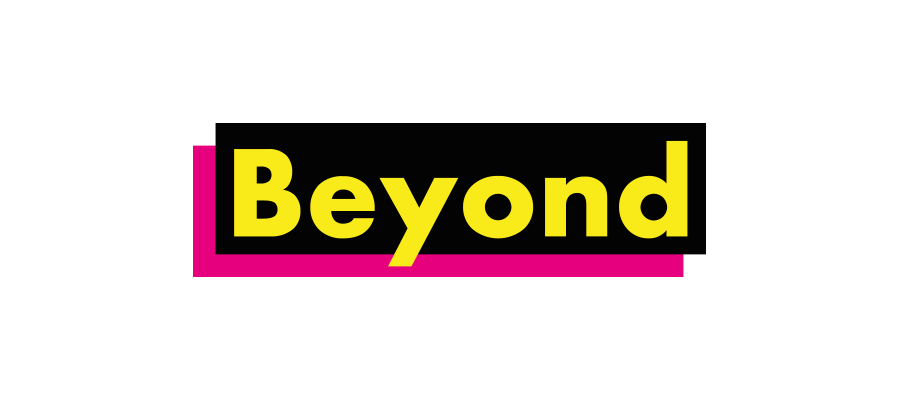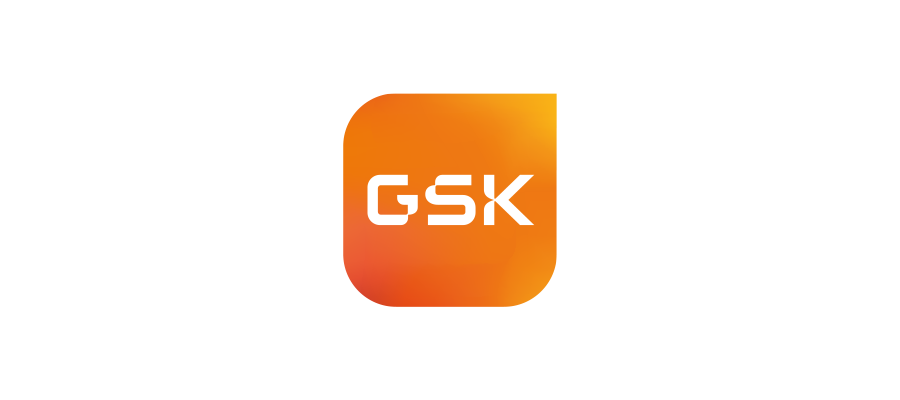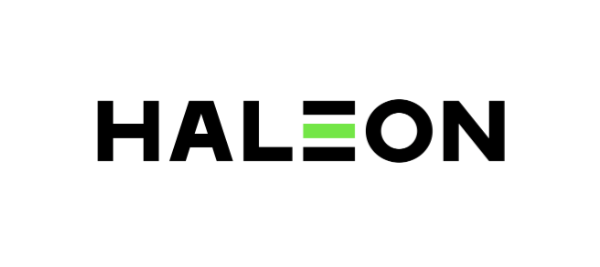How AI Can Support Workplace Wellbeing – And How to Get It Right

AI offers exciting possibilities, but it works best when used thoughtfully and ethically, with a focus on early intervention, personalisation, and transparency.
How AI Can Support Workplace Wellbeing – And How to Get It Right
AI is increasingly being used to improve workplace wellbeing, helping organisations track employee sentiment, prevent burnout, and offer mental health support at scale. However, its success depends on thoughtful, ethical, and people-centred implementation; it’s not about replacing human support but enhancing it.
One of the most practical applications of AI in the workplace is employee sentiment analysis, where AI reviews workplace communication (emails, chat messages, or surveys) to detect changes in mood and morale. This allows businesses to spot early warning signs of stress and step in before problems escalate. Similarly, predictive burnout tools analyse working hours, productivity patterns, and feedback to flag individuals or teams who may be at risk, enabling proactive support strategies.
Another growing area is AI-powered mental health chatbots, which provide on-demand support by offering resources, answering questions, or even engaging in basic therapeutic conversations. While these tools shouldn’t replace human-led mental health initiatives, they increase accessibility, particularly for employees who may feel hesitant about seeking help in person. AI can also deliver personalised wellbeing recommendations, tracking behavioural patterns to suggest mindfulness exercises, fitness programmes, or scheduling adjustments to improve work-life balance.
However, adopting AI in wellbeing requires careful thought:
- Organisations should first identify key needs, ensuring AI fills gaps rather than replacing human connection.
- Starting small -trialling AI in a single department or for a specific use case- helps businesses measure impact before rolling it out more widely.
- Employee involvement is essential; AI should empower, not monitor, and transparency around data usage is key to building trust.
- Working with AI providers, mental health experts, and legal teams ensures ethical, responsible implementation, particularly regarding privacy and bias.
- Finally, defining clear success measures, such as reduced burnout rates or increased engagement with wellbeing resources, ensures that AI genuinely improves workplace mental health.
AI offers exciting possibilities, but it works best when used thoughtfully and ethically, with a focus on early intervention, personalisation, and transparency. When done right, it can be a powerful tool for creating healthier, more resilient workplaces.






